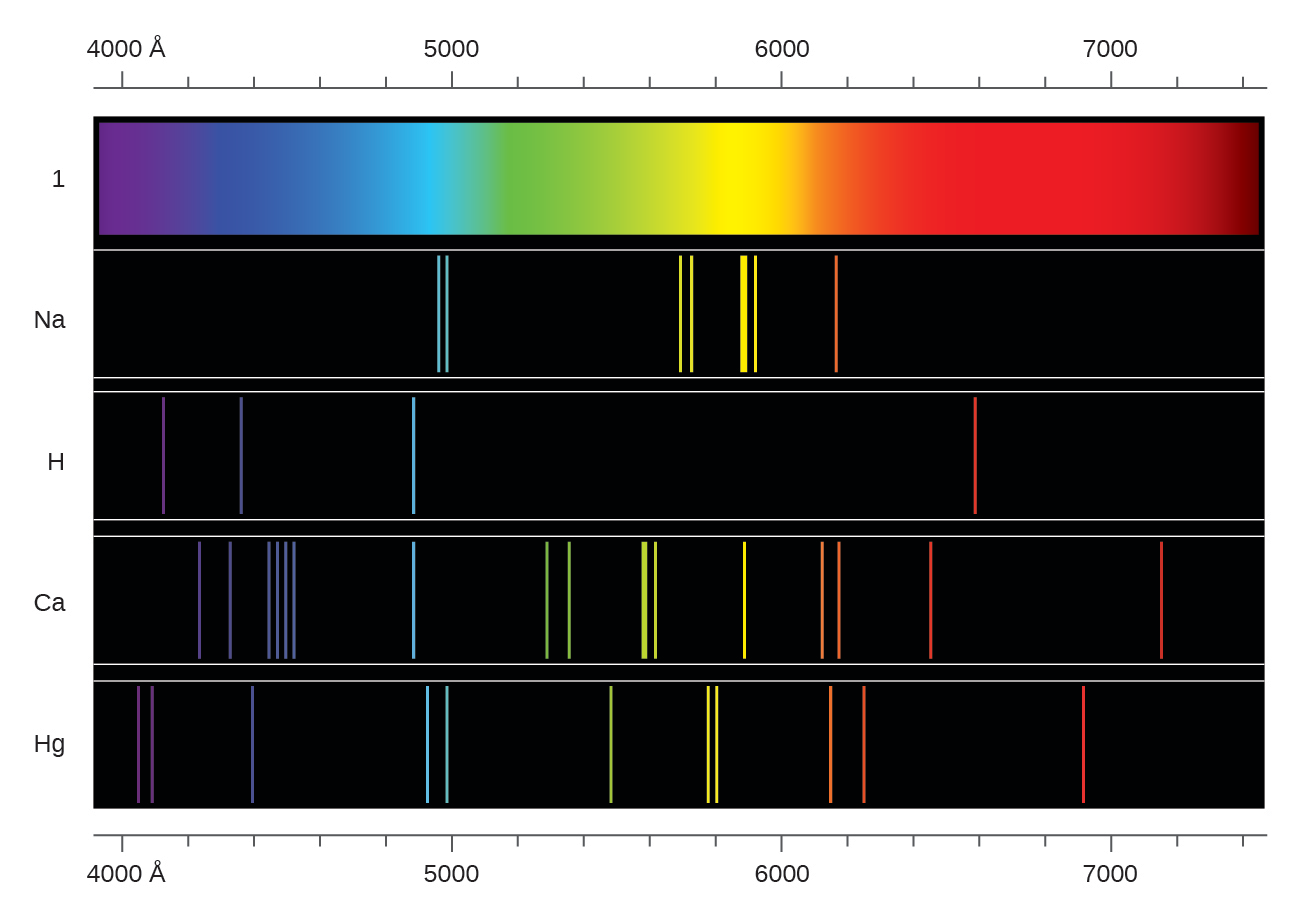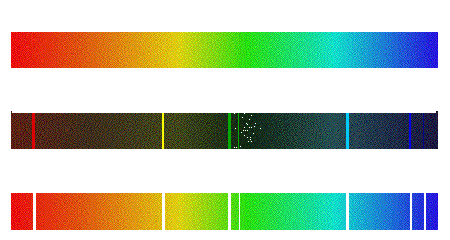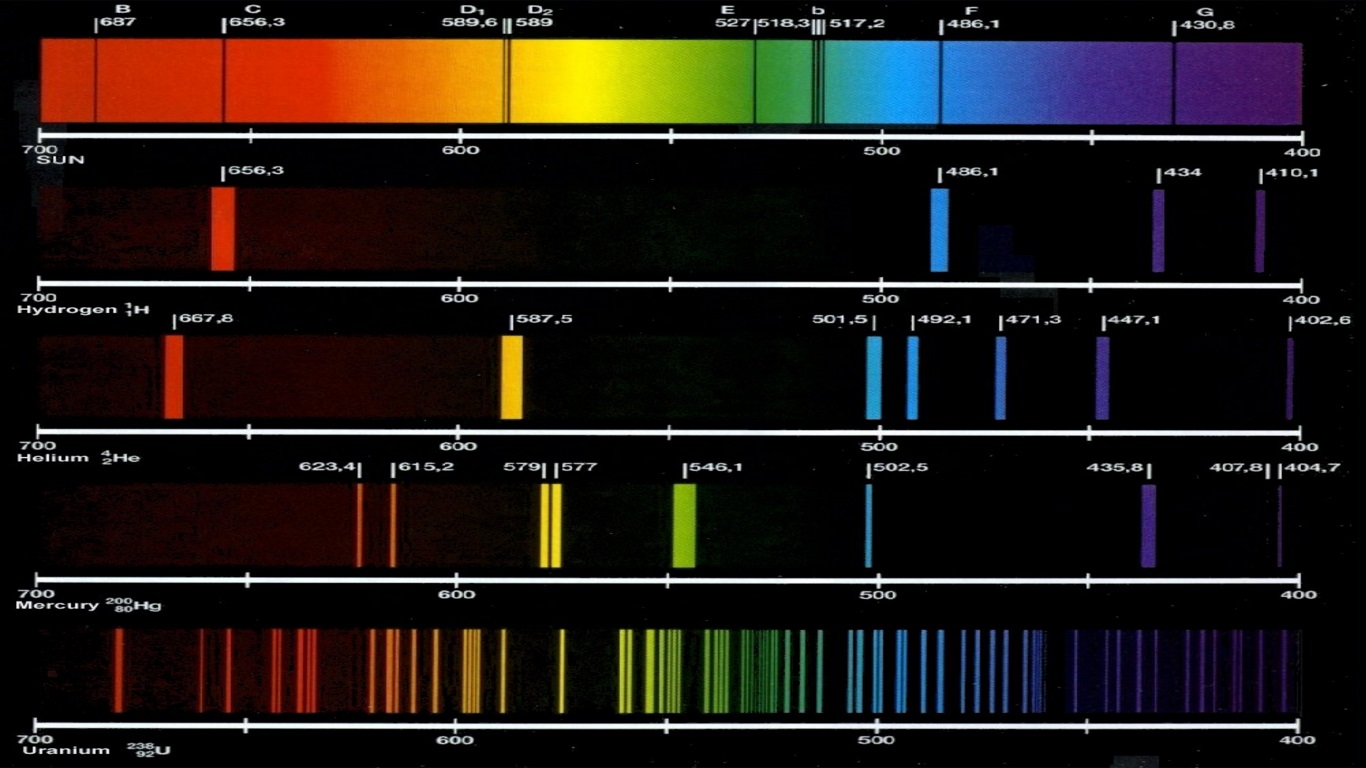

Concave mirrors ensure that these frequencies then reflect onto a detector.

This light gets directed onto a grating, dispersing it into its different frequencies, which correspond to energy levels. Light first passes through fiber optic cables and into the spectrophotometer through the entrance slit. Spectrophotometers are responsible for producing both emission and absorption spectra. Different photons reflect different wavelengths and energies, and thus produce different colors, which appear on these produced spectra. The spectrophotometer measures the amount of photons that fall into these categories, converting the information into a digital display, or spectrum. The sample may either transmit or absorb each different wavelength of this incoming light transmitted light passes through the sample, while absorbed light gets taken in by the sample. They place this sample into the spectrophotometer, which then floods it with a continuous stream of light particles. Say, for example, scientists want to determine the components of a reaction product. Let’s go over this process and its implications in more detail. When this light contacts the substance, it separates into its various wavelengths Scientists place cuvettes of different materials into the machine, which passes light through the samples. The spectrophotometer essentially functions as a glorified prism. When visible light passes through a prism, its component wavelengths split due to their varying energies and travelling speeds. Exploring the SpectrophotometerĬolors and associated energies are therefore two key components of spectrophotometric investigations. For example, as measured in nanometers (nm), blue and purple light exhibit shorter wavelengths, while red light displays longer wavelengths. Shorter wavelengths denote higher energy levels, while longer wavelengths correspond to lower energy levels. The color of traveling light corresponds to the lengths of its photon-comprised waves, which relate to the energies of these photons. This flow of photons resembles the shape of a wave because this electromagnetic wave is composed of discrete parts, or photons, it is not continuous. These photons move so fast that, in a single second, each covers 180,000 miles. Sources of light emit particles called photons.
:max_bytes(150000):strip_icc()/GettyImages-1096547948-35b3799817ca4b2fa06888893ef4a348.jpg)
Below, we cover the mechanisms and applications of spectrophotometry in more detail. This process provides insight into protein synthesis, DNA and RNA function, bacterial cell growth, enzymatic reactions, and more. Spectrophotometry involves the measurement of a substance’s concentration, amount, and identity. It facilitates developments in energy, pharmaceutical, health care, agricultural, manufacturing, and forensic realms. Spectrophotometry informs research in the physical sciences, including chemistry, biology, physics, geology, and astronomy. Introduction to Spectrophotometry and Emission Spectrum

You will also learn about spectrophotometry and the mechanisms involved, as well as its applications to scientific research. You will also learn how emission spectra is produced. In this tutorial, you will learn about emission spectrum, absorption spectrum, and what is a spectrophotometer.


 0 kommentar(er)
0 kommentar(er)
